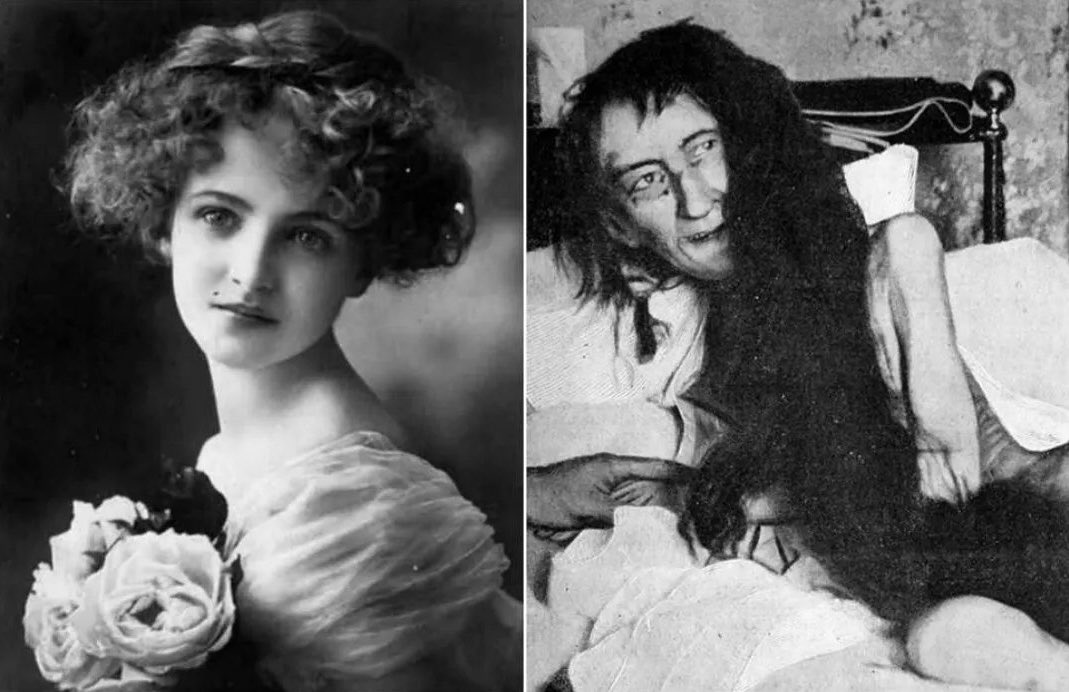Unveiling a Tragic Injustice: Meet George Stinney Jr., an innocent life taken by the U.S. at the tender age of 14 

At just 14, George Stinney Jr., an African American boy, faced an unjust fate. He was wrongly convicted and executed for the murders of two young white girls in 1944, later proven to be an unfair trial.
Stinney's conviction and death sentence by electric chair made him the youngest American in the 20th century to be executed with an exact birth date. The trial, lasting only 2 hours, had an all-white jury and denied his parents entry to the courtroom.
Throughout the trial, George Stinney Jr. steadfastly maintained his innocence, clutching a Bible in his hands. To make him fit the electric chair, they used the very Bible he held as a booster seat. An unimaginable injustice.
Executing Stinney with 5,380 volts, the truth of his innocence remained buried for 70 years until a South Carolina judge finally exonerated him. The murder weapon's weight, over 19.07 kilograms, made it physically impossible for Stinney to wield it.
George Stinney Jr.'s tragic story inspired Stephen King's "The Green Mile," shedding light on the deep-rooted flaws in the justice system. May we never forget this innocent life taken too soon.
Our 𝐒𝐮𝐛𝐬𝐜𝐫𝐢𝐛𝐞 button is live! That Feed will have:
• 𝗨𝗻𝗰𝗲𝗻𝘀𝗼𝗿𝗲𝗱 Content Daily
• Deep dive educational threads
• Content too 𝗱𝗮𝗿𝗸 for the main feed
• Monthly Subscriber only Giveaways
This is the best feed on Twitter for the price of a cup of coffee.
• 𝗨𝗻𝗰𝗲𝗻𝘀𝗼𝗿𝗲𝗱 Content Daily
• Deep dive educational threads
• Content too 𝗱𝗮𝗿𝗸 for the main feed
• Monthly Subscriber only Giveaways
This is the best feed on Twitter for the price of a cup of coffee.
• • •
Missing some Tweet in this thread? You can try to
force a refresh

 Read on Twitter
Read on Twitter












